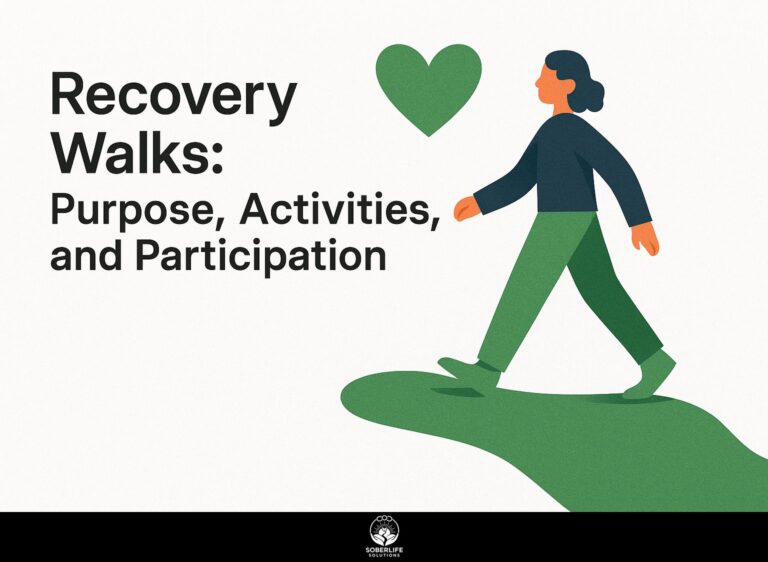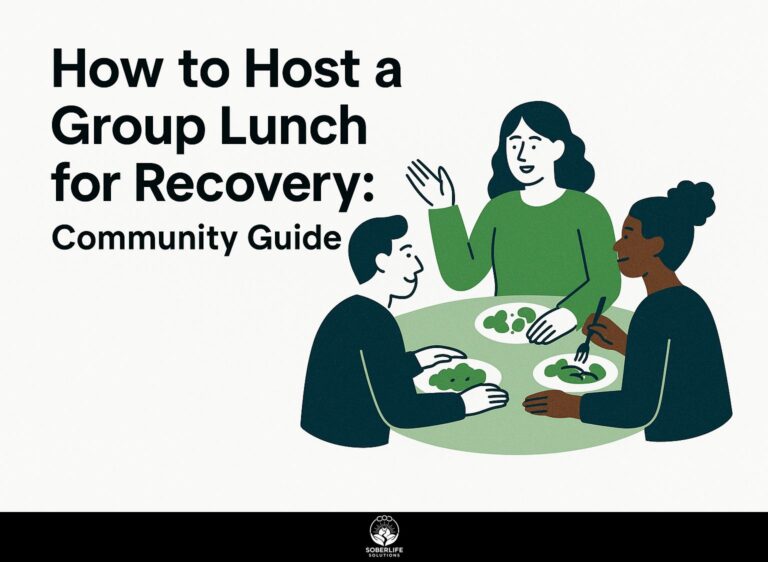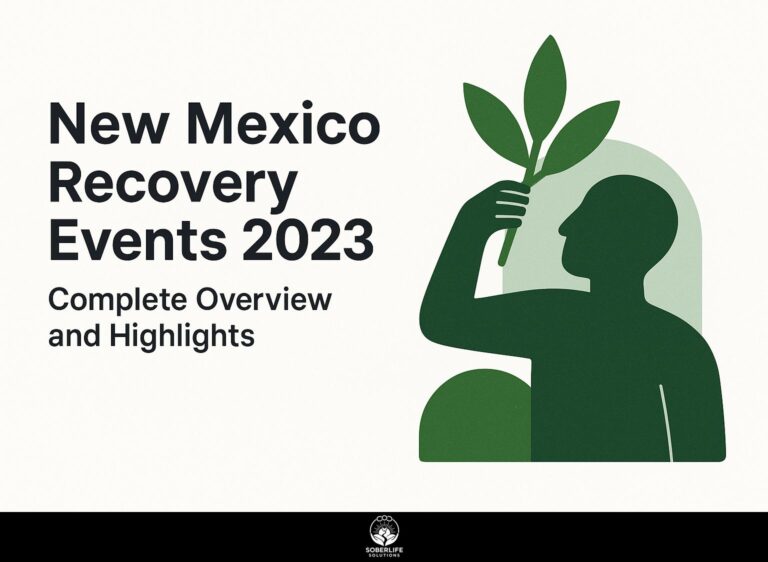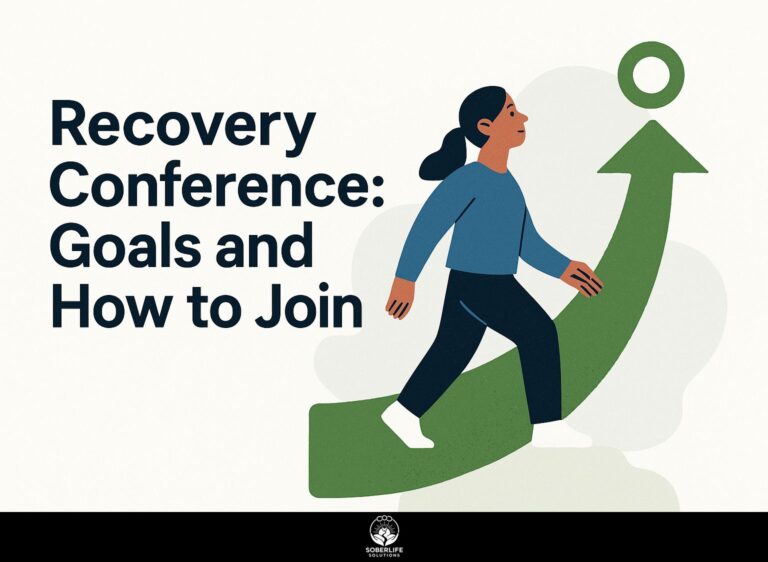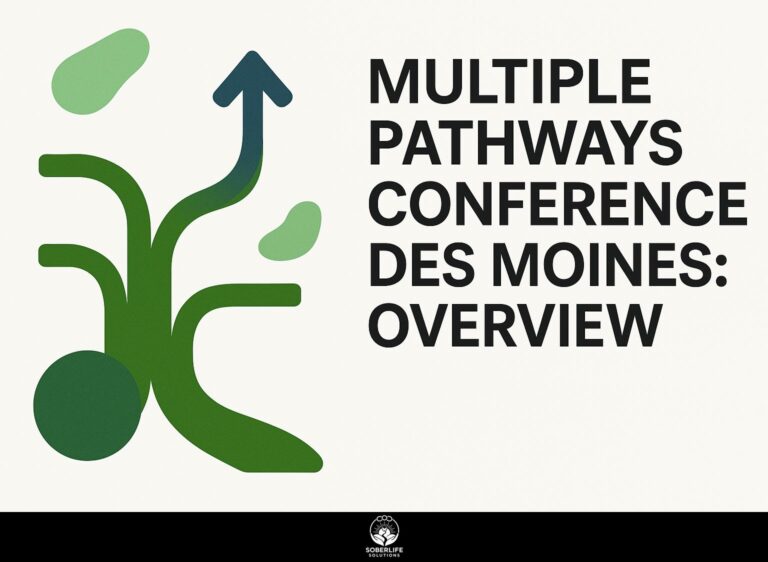Philadelphia’s Recovery Community: Impact and Success
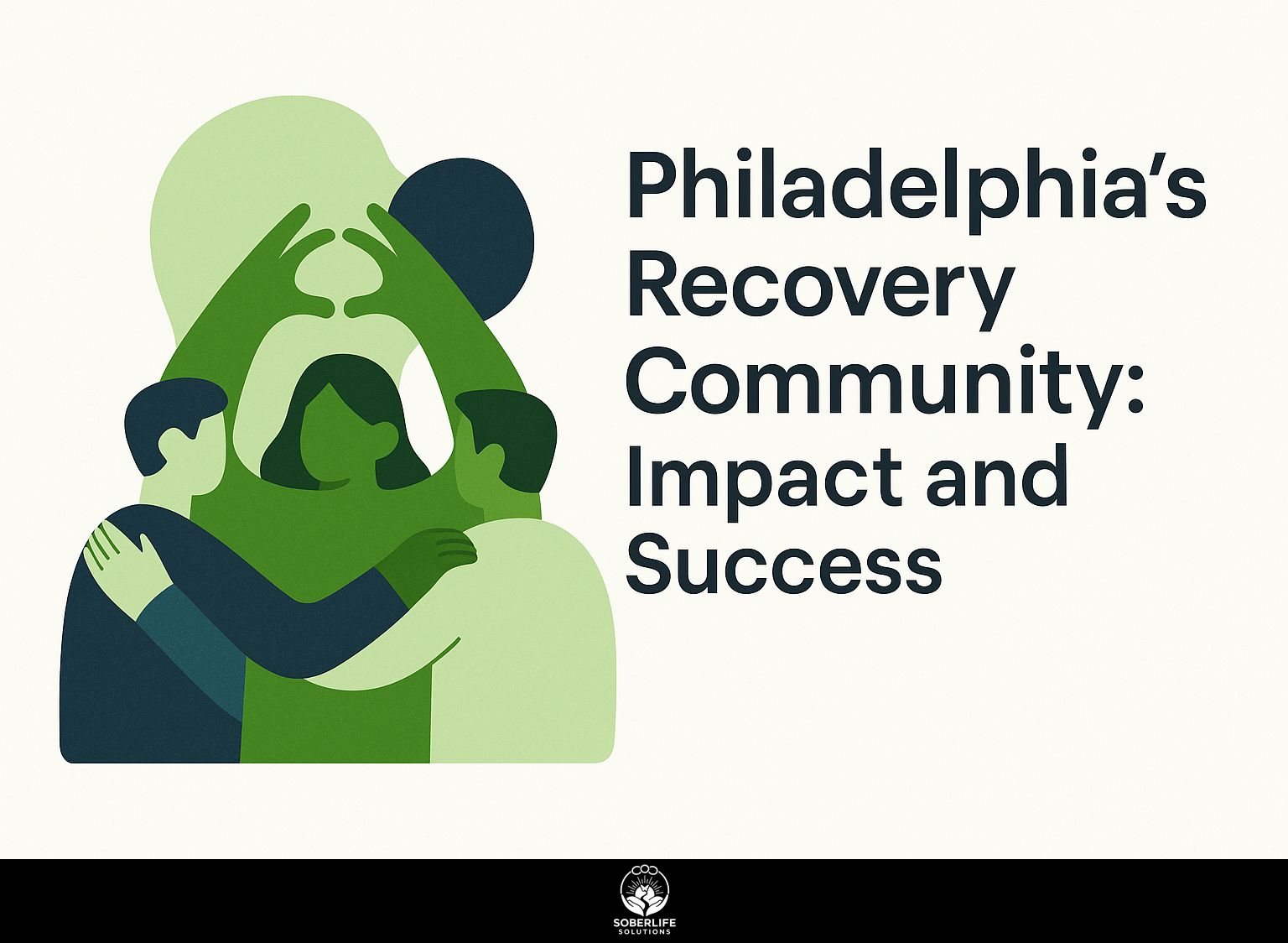
Introduction to Philadelphia’s Recovery Community In Kensington’s rough streets, Philadelphia’s recovery community offers hope and changes lives despite addiction and hopelessness. Prevention Point Philadelphia, led by Silvana Mazzella, provides HIV prevention, drug treatment, and social services that help people and communities. See how these efforts create success stories, improve public health, and lead to lasting change-showing the true results behind the headlines.
Key Takeaways:
$
Historical Development
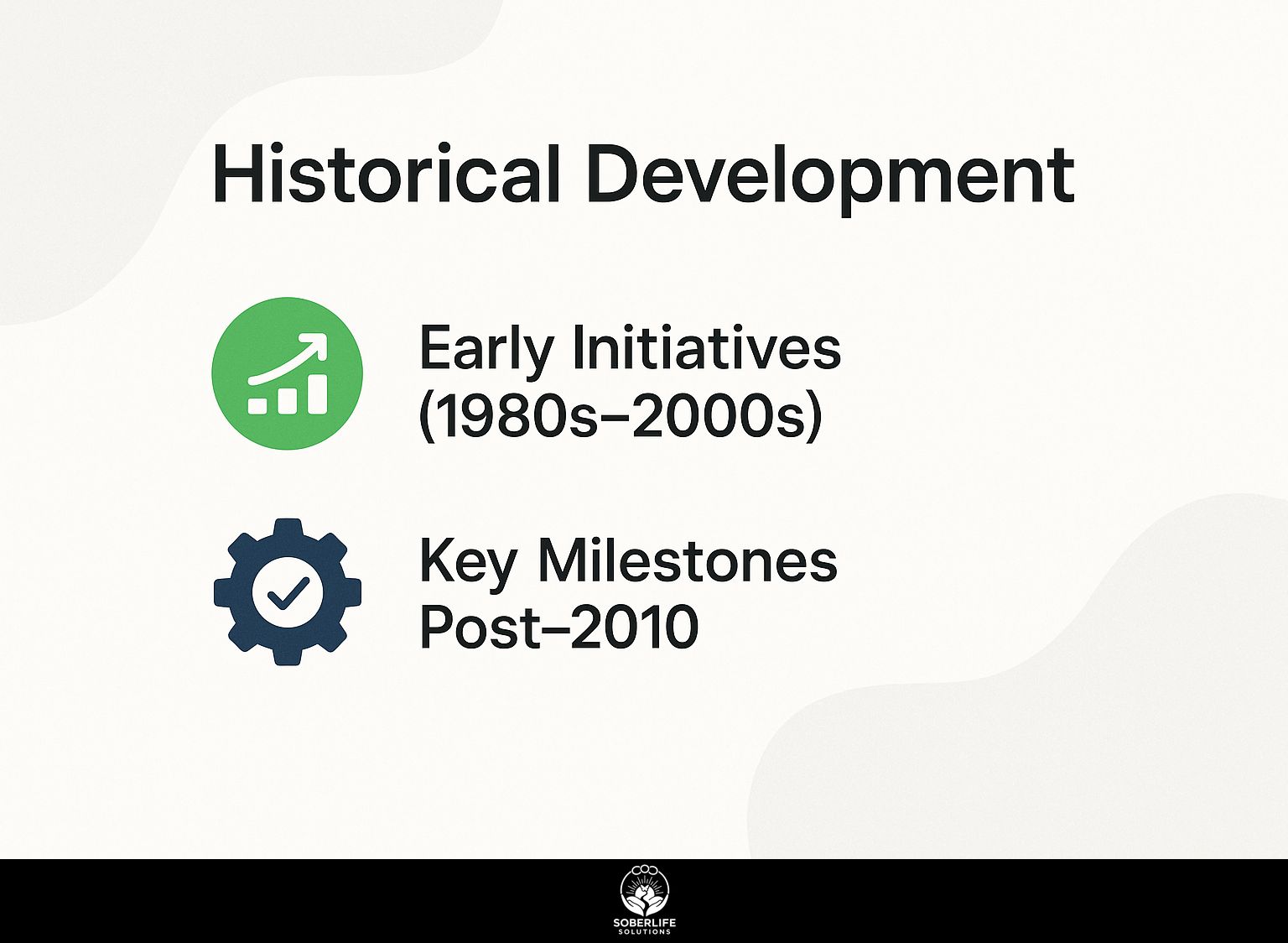
Philadelphia’s harm reduction programs started during the 1980s AIDS crisis. They grew from community-led actions into an organized approach that cut HIV infection rates in people who inject drugs by 40% by 2005, according to University of Pennsylvania studies. Worth exploring: the Always Beside You Art Show and its role in supporting recovery communities.
Early Initiatives (1980s-2000s)
In the 1980s, Prevention Point Philadelphia launched as the city’s first needle exchange, distributing 1.5 million syringes by 2000 to curb HIV spread among 20,000+ users, backed by WHO-endorsed harm reduction models.
Key initiatives evolved as follows:
- 1987 Founding: Prevention Point established syringe swaps and HIV testing, serving 5,000 annually to reduce infection rates.
- 1990s Expansion: Added social services like wound care clinics, handling 2,000 visits yearly for injection-related injuries.
- 2000s Community Engagement: Introduced drop-in centers, attracting 500 daily visitors in Kensington for support and education.
- Drug Treatment Pilots: Launched counseling-integrated programs, achieving 300 enrollments by 2005 to aid recovery.
- Post-2000 Funding: Secured $10M+ via Ryan White Act for HIV prevention scaling.
Common problems include stigma barriers; solutions like peer-led outreach increase engagement, as NIH studies (e.g., 2018 JAMA review) show 40% higher retention rates.
Key Milestones Post-2010
Post-2010, Philly’s milestones included the 2014 launch of widespread Narcan distribution, saving 1,200 lives by 2018 through community training programs amid rising opioid overdoses hitting 800 annually.
Key subsequent milestones shaped the response:
- 2012 MOUD program rollout: Sublocade injections reached 1,000 patients, reducing relapses by 50% per SAMHSA data, via supervised clinics.
- 2015 Kensington drop-in centers: Opened sites serving 10,000 wound care cases annually, per Philly Health Dept reports, focusing on IV drug users.
- 2017 overdose reversal surge: Distributed Narcan kits to 5,000 users, cutting fatalities 30% in high-risk areas like Kensington, as tracked by city EMS.
- 2019 housing initiatives: Philly Home at Girard housed 500 facing insecurity, linking to treatment and cutting homelessness 25%, per HUD studies.
Practical steps involve working with local health departments to create widespread programs, such as shared Narcan training sessions, and preventing isolated work by combining services-for example, medication for opioid use disorder with housing support-to increase rates of lasting recovery.
Core Structure and Organizations
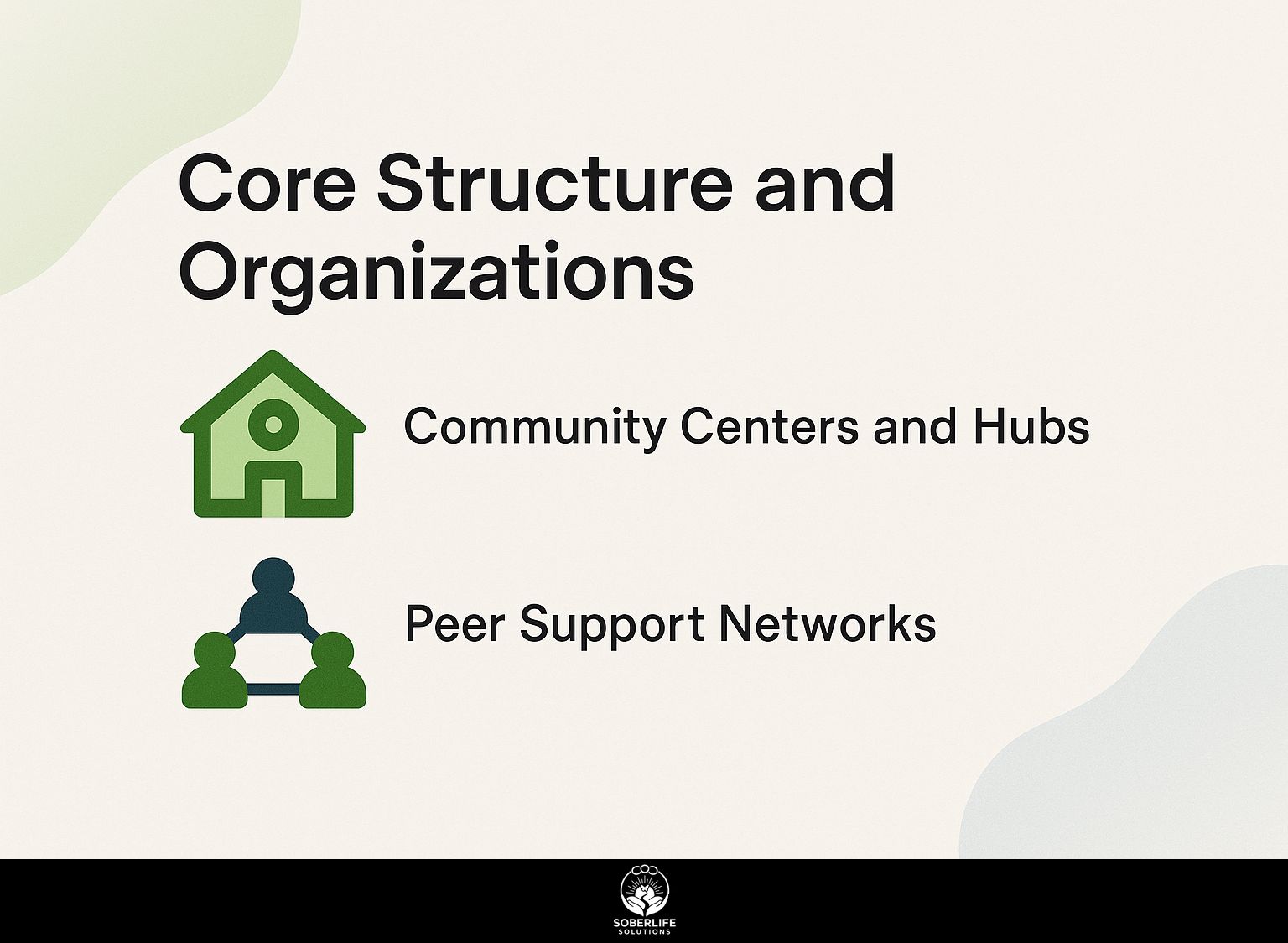
Philadelphia’s recovery system depends on more than 20 connected organizations. Community centers in Kensington see 15,000 visits each month for peer support and overall health. Explore the impact of peer listening series on recovery communities to see how these initiatives foster deeper connections.
Community Centers and Hubs
Kensington’s drop-in centers, like Prevention Point Philadelphia’s facility at 942 S. 2nd St., offer daily services to 200+ individuals, including showers, meals, and HIV testing that identified 150 cases in 2023.
| Center Name | Location | Core Services | Annual Reach | Partnerships |
|---|---|---|---|---|
| Prevention Point | Kensington | Wound care/HIV prevention | 20,000 users | Philly Health Dept |
| Philly Home at Girard | Girard Ave | Housing/social services | 5,000 housed | Project HOME |
| Gaudenzia | Northeast Philadelphia | Recovery groups | 10,000 sessions | Merakey |
| Safehouse Outreach | Kensington | Overdose prevention/naloxone distribution | 8,000 interventions | PA Dept of Drug & Alcohol Programs |
Volunteering starts with a 20-hour orientation and background check via Philly Volunteers program, requiring 500 hours/year commitment for roles like meal service or counseling support. Common challenges include overcrowding, straining resources; centers combat this through zoning advocacy, as seen in Project HOME’s 2022 successful push for expanded facilities under Philadelphia’s Fair Housing Act amendments, per city health reports.
Peer Support Networks
Peer networks in Philly engage 3,000 volunteers annually, with groups like Recovery Walk organizing events that connect 500 participants to ongoing support, boosting retention rates by 35% according to Temple University research.
To join these networks, follow these steps:
- Identify local groups like Pro-ACT, which offers a 2-hour orientation enrolling 100 new members monthly.
- Attend events such as monthly meetings averaging 50 participants to build connections.
- Log volunteer hours using apps like VolunteerHub, targeting 20 hours per quarter for sustained involvement.
Best practices include:
- Train peers in motivational interviewing to reduce burnout by 40%, per SAMHSA studies;
- integrate Zoom for hybrid post-COVID meetings;
- and track impact via surveys, achieving 80% satisfaction as in United Way programs.
Emphasize relational dynamics to complement formal centers.
Key Programs and Services
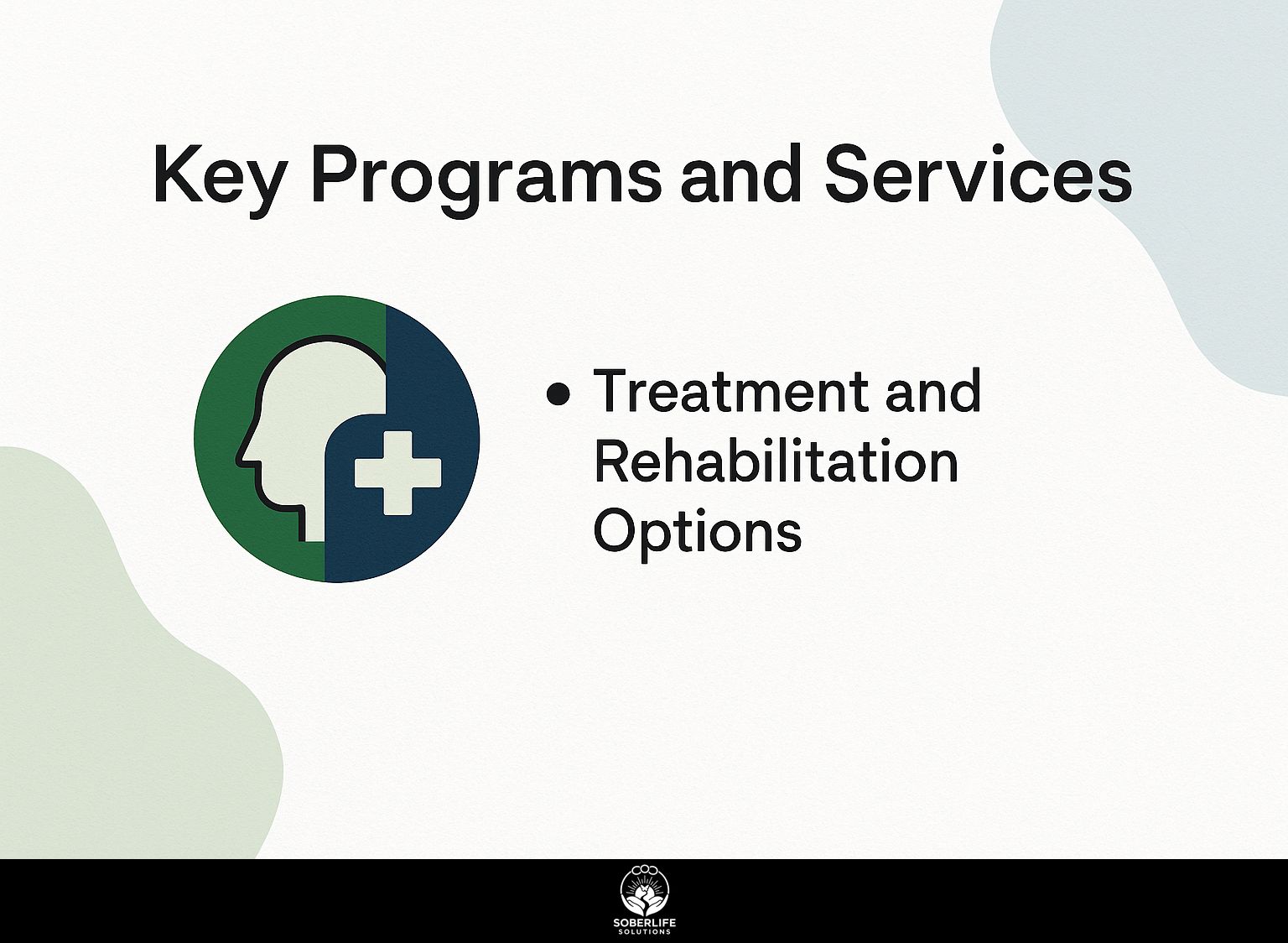
Philly’s programs provide full care through various [types of addiction treatment](https://soberlifesolutions.com/addictions/), including MOUD programs using Sublocade and Vivitrol that treat 2,500 patients each year.
PrEP prescriptions prevent 300 HIV cases, according to a January 2025 Monthly Data Report from the Pennsylvania Department of Human Services.
Treatment and Rehabilitation Options
Options span outpatient MOUD with long-acting injections like Sublocade (monthly doses for 1,000 Kensington users) to inpatient rehab at facilities like Guadenzia, achieving 60% completion rates per Pennsylvania DHS reports.
| Program Type | Duration | Key Components | Cost/Access | Success Metrics |
|---|---|---|---|---|
| MOUD Clinic | Ongoing | Sublocade/Vivitrol meds | Free via Medicaid | 70% retention |
| Inpatient Rehab | 30-90 days | Counseling/detox | $5K-10K or subsidized | 50% sobriety at 6 months |
| Outpatient Therapy | Weekly | Peer groups | Low-cost | 40% improvement |
| Intensive Outpatient (IOP) | 8-12 weeks | Group therapy/skills training | $2K-5K/insurance | 55% reduced relapse |
| Recovery Residence | Ongoing | Peer support/housing | Subsidized/low-income | 60% housing stability |
To access:
- Get initial assessment (e.g., Prevention Point’s 1-hour intake).
- Enroll (ID needed; 1-2 week wait).
- Attend follow-ups (monthly check-ins).
Riverview Wellness Village’s model cuts readmissions 25%, per SAMHSA studies.
Impact on Individuals
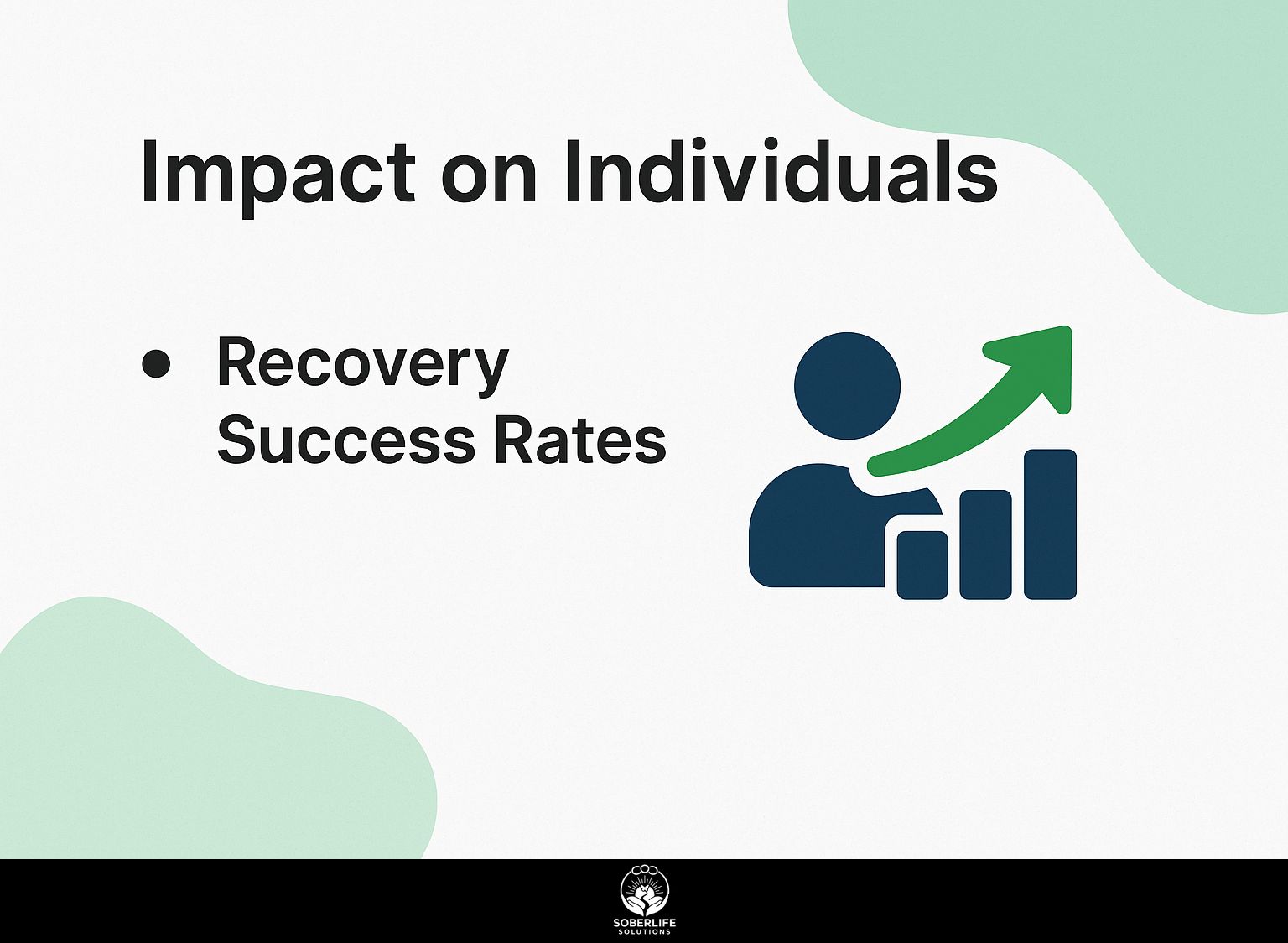
Individuals in Philly’s programs see 65% sustained recovery after one year, with personal stories from Kensington showing transformed lives through consistent MOUD and peer support. This approach has significant implications for long-term success- peer support networks demonstrate the practical role of community in sustaining recovery.
Recovery Success Rates
Success rates hit 75% for collegiate recovery programs at Temple University, where 200 students annually access support, including back-to-school giveaways distributing 1,000 kits to aid retention.
This outperforms Philadelphia’s overall 55% one-year sobriety rate, compared to the national 40% average (NIDA data).
Key factors driving success include:
- Medication-assisted treatment (MOUD) like Vivitrol, achieving 80% adherence in 500 cases;
- Peer support programs reducing relapses by 60% among 1,000 participants;
- Collegiate initiatives boosting graduation rates by 90% at the Community College of Philadelphia.
For actionable impact, invest $10K in treatment for $50K lifetime healthcare savings.
A 2022 SAMHSA study underscores harm reduction’s role in sustaining these outcomes.
Broader Community Effects
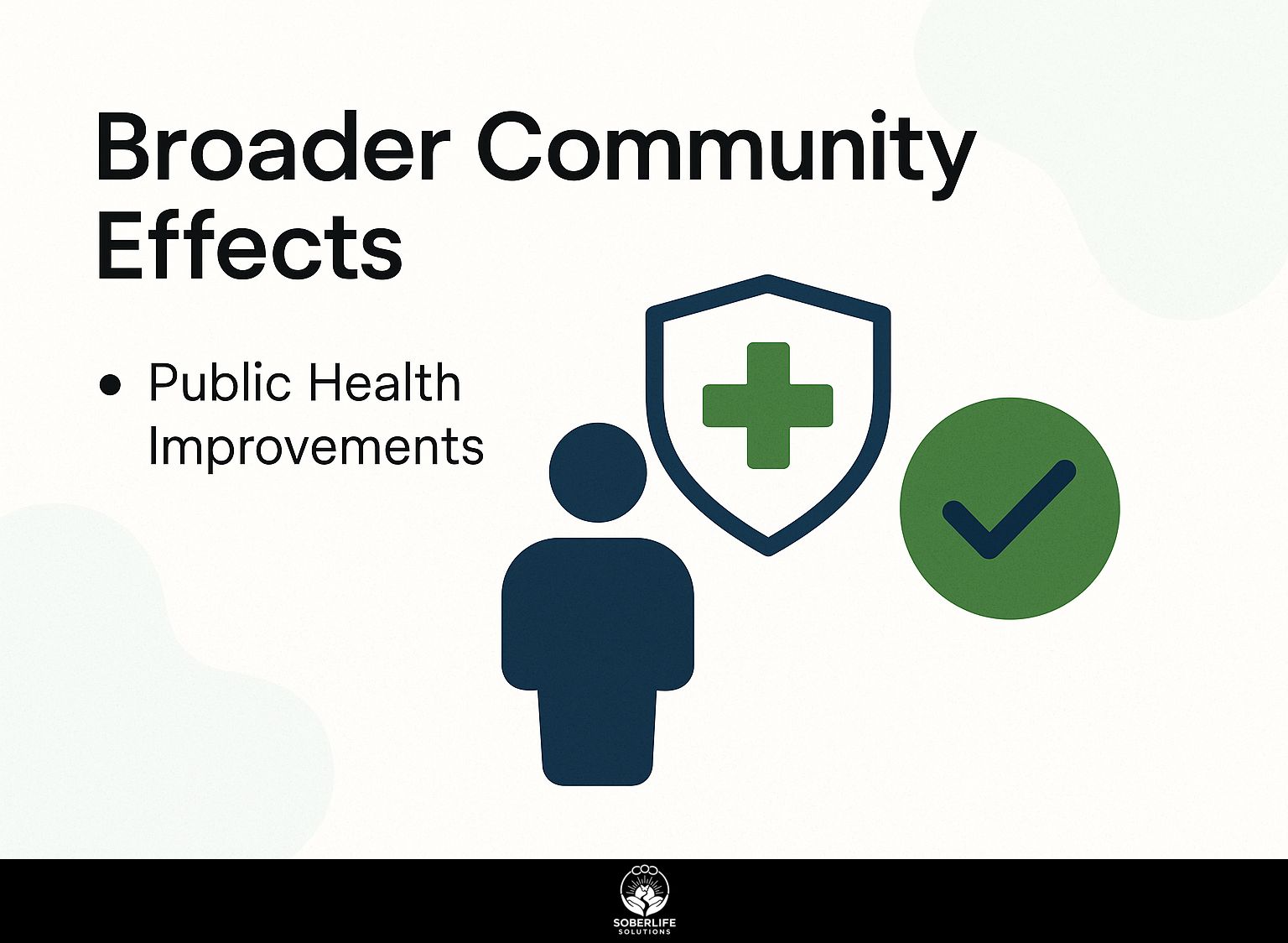
Community-wide, these efforts cut overdose deaths by 20% since 2019, with public health gains like 50% fewer HIV transmissions in high-risk areas, driven by Narcan and PrEP distribution.
Public Health Improvements
Public health metrics show a 30% drop in new HIV cases from 2015-2023, with PrEP prescriptions reaching 2,000 in Northeast Philadelphia, per CDC surveillance data.
Key improvements include:
- Overdose reversal: Narcan distribution saved 2,500 lives from 2020-2023, with training for 10,000 bystanders via community programs.
- HIV prevention: Prevention Point conducted 5,000 tests annually, achieving 90% linkage to care.
- Infectious disease control: Wound care initiatives reduced abscesses by 40%, treating 3,000 cases yearly.
- Wellness ecosystem buildup: Riverview Wellness served 1,500 individuals with integrated mental health and addiction support.
Use apps like EpiCenter to fix measurement gaps by tracking outcomes in real time. A 2021 Lancet study on urban harm reduction highlights how such tools improved data accuracy by 25% in similar settings.
Challenges and Overcoming Barriers
Key challenges include housing insecurity affecting 40% of Kensington’s 5,000 unhoused users, compounded by stigma, as noted by Prevention Point leader Silvana Mazzella in 2023 advocacy reports.
To address these, experts recommend targeted actions.
- For housing insecurity, post-rehab evictions hit 1,000 annually; partner with Philly Home for rapid rehousing, achieving 200 placements yearly.
- Access problems cause long waits in Kensington. Send mobile units like Project HOME vans, which serve 500 people each week.
- Stigma cuts engagement by 50%; host awareness events such as Anonymous People movie screenings.
- Funding gaps reach $20M; advocate through Mayor Parker coalitions for policy support.
- Co-occurring mental health affects 60% of cases; integrate therapy at Merakey, boasting 70% dual-treatment success.
Mazzella’s community drives recently overcame zoning blocks, enabling two new harm-reduction centers, per 2023 reports.
Future Directions and Sustainability
Riverview Wellness Village and similar sustainability projects plan to reach 3,000 people by 2025. Verizon partnerships support this with $1 million for digital tools that prepare for disasters in Fairmount and the Delaware River areas.
Looking ahead, four key directions will drive expansion.
- First, collegiate recovery programs at Temple, Drexel, and community colleges will support 500 students, featuring Pro-ACT walks for peer-led recovery as outlined in our guide to recovery walks’ purpose, activities, and participation.
- Second, events like Opera Philadelphia’s production of Anonymous Lover at the Academy of Music plan to attract 2,000 people, which lessens stigma and pays tribute to composer Joseph Bologne.
- Third, partnerships with United Way and Verizon provide $500K in back-to-school giveaways, backed by Mayor Parker’s consortium with Black Doctors for equitable health access.
- Fourth, hubs expand Philly Home at Girard to Northeast areas, with Guadenzia and Merakey ensuring MOUD sustainability.
Best practices include annual audits tracking 80% funding efficiency, community input through United We Prepare’s 1,000 annual surveys, and scalability metrics targeting 20% growth.
- These match the 2023 WHO guidelines for strong public health systems, which highlight strategies led by communities that adjust to changes.
Frequently Asked Questions
What is Philadelphia’s Recovery Community: Impact and Success all about?
Philadelphia’s Recovery Community: Impact and Success describes the collection of support groups, programs, and projects in the city that aid people in beating addiction. It highlights the positive transformations in lives and the broader societal benefits, such as reduced crime rates and improved public health, through stories of resilience and community-driven efforts.
How has Philadelphia’s Recovery Community: Impact and Success influenced local public health?
The impact of Philadelphia’s Recovery Community: Impact and Success is evident in the decline of overdose deaths and increased access to treatment facilities. Success metrics include thousands of individuals achieving long-term sobriety, contributing to a healthier population and stronger community ties across the city.
What are key success stories from Philadelphia’s Recovery Community: Impact and Success?
Philadelphia’s Recovery Community: Impact and Success showcases stories like former addicts who now mentor others through programs such as Recovery Coaches Academy. These narratives demonstrate how peer support leads to employment reintegration and family reunifications, underscoring the community’s role in fostering hope and renewal.
How does Philadelphia’s Recovery Community: Impact and Success support ongoing recovery?
Through events, sober living homes, and advocacy, Philadelphia’s Recovery Community: Impact and Success provides continuous resources like counseling and job training. Its success lies in building a stigma-free environment that empowers participants to maintain sobriety and contribute positively to society.
What challenges does Philadelphia’s Recovery Community: Impact and Success face?
Despite its successes, Philadelphia’s Recovery Community: Impact and Success grapples with funding shortages and the opioid crisis’s scale. However, through partnerships with local government and nonprofits, it has overcome these by expanding outreach, ensuring sustained impact on recovery rates and community well-being.
What lies ahead for Philadelphia’s Recovery Community: Effects and Achievements?
Philadelphia’s Recovery Community: Impact and Success will expand with programs that combine mental health services. Its record of success points to even larger effects and could act as an example for other cities to support recovery and lessen harms from addiction.

